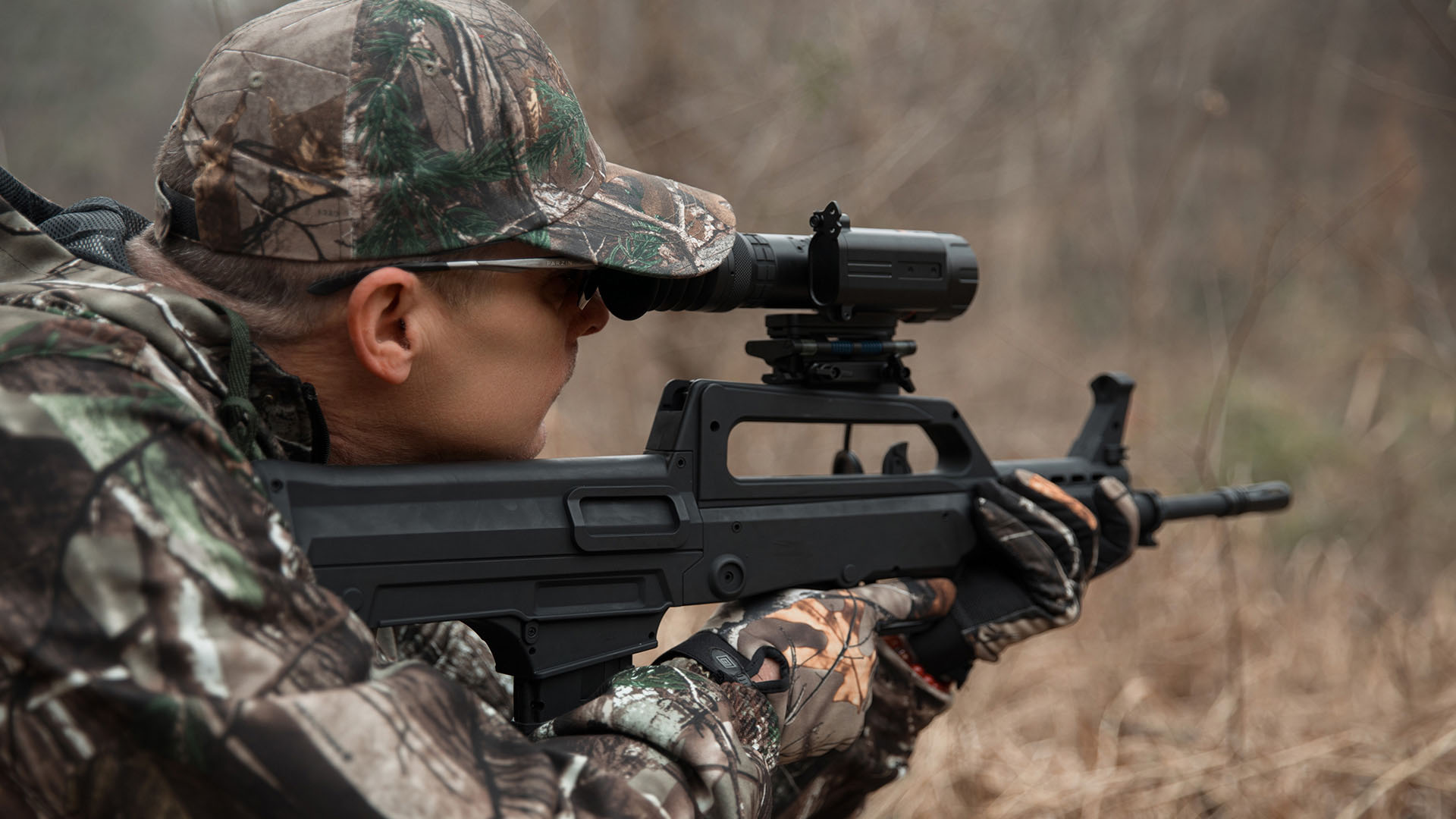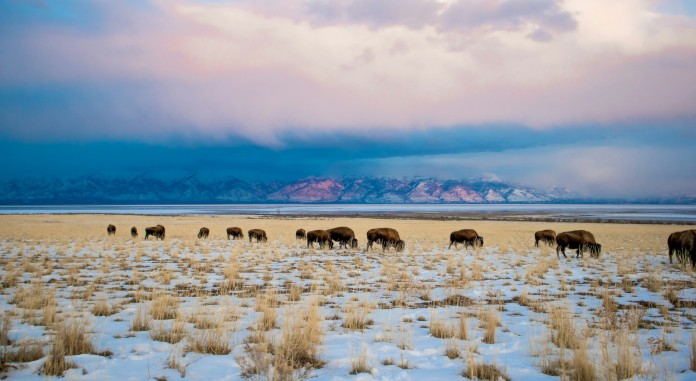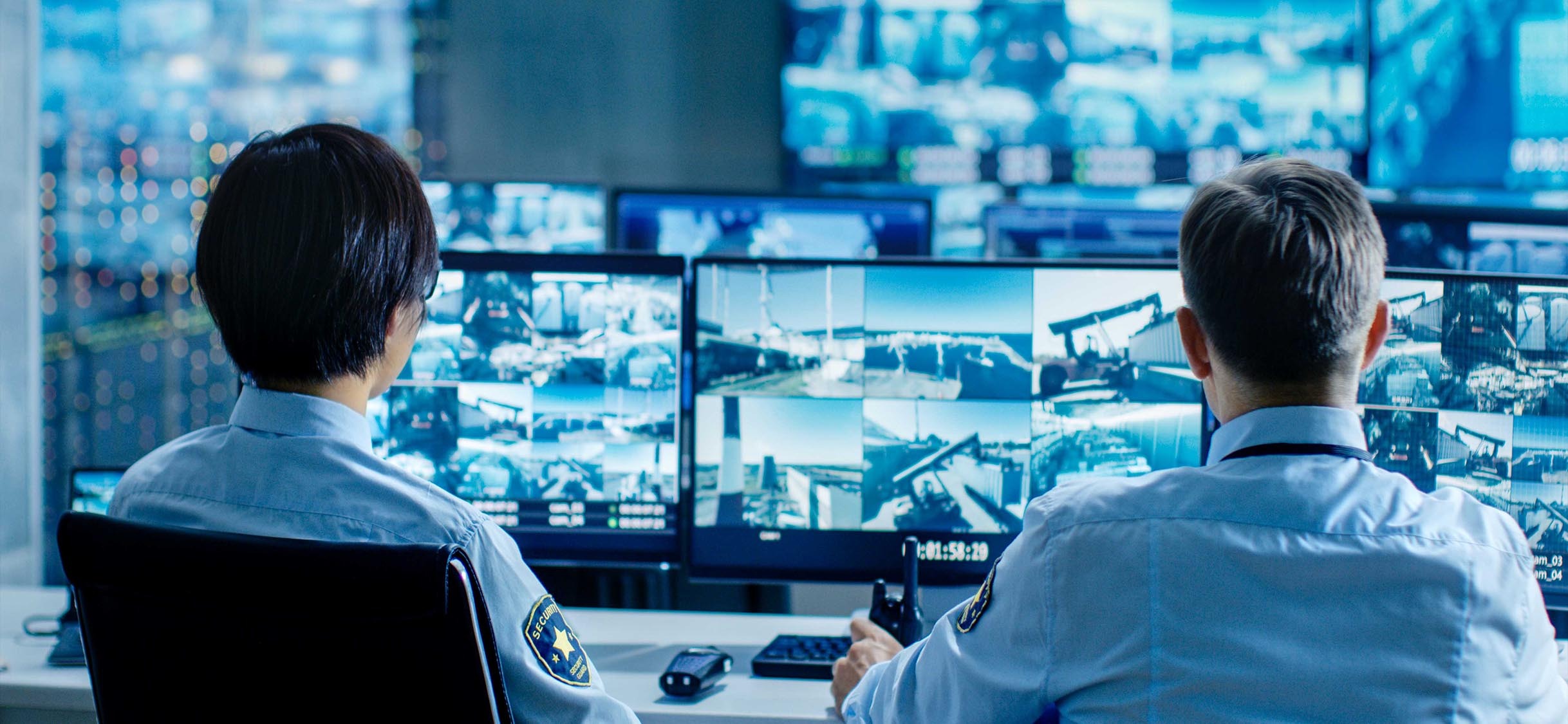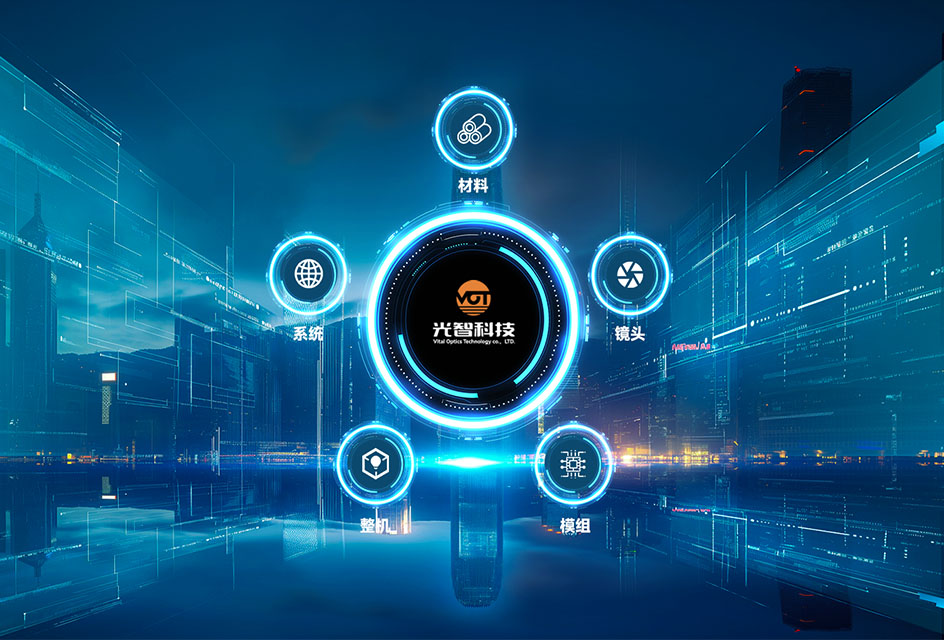The petrochemical industry, due to its high temperatures, high pressures and continuous operations, as well as the inherent risks of flammability and explosiveness, has extremely high requirements for strict monitoring of the production process, checking the reliability and safety of the equipment, as well as regular maintenance and overhaul. Thermal imaging cameras play an important role in this industry as an effective tool for early detection of problems, ensuring safe operation and extending equipment life.
Oil well site monitoring and early warning
Oil well sites, transmission pipelines, oil depots, etc. are widely distributed, and it is difficult to patrol them manually 24 hours a day. The production and operation of key wells and long-distance pipelines are difficult to grasp in time, and there are many sources of ignition, so the fire risk needs to be detected in time to avoid losses. Deploying thermal imaging industrial temperature measurement and monitoring system, it realizes the functions of personnel intrusion alarm, equipment high temperature warning, fire detection alarm, etc., and effectively carries out monitoring and early warning of oil well site.
Oil and gas transportation inspection
Oil and gas transportation line network maintenance task is heavy, traditional manual inspection is difficult to fully cover. Pipeline leakage is highly hidden, and the traditional detection methods have great limitations. Infrared thermal imaging equipment can detect the tank level line, tank scale, tank lining damage, to help maintenance personnel timely detection of faults, to guide production; detection of pipeline carbon clogging, wall wear or corrosion, thermal insulation off, thermal fatigue cracks in the material, leakage location; detection of valve failures, flange corrosion and aging; detection of compressors, pumps, substation cabinets and other oil and gas station site electrical equipment.
Refinery processing temperature measurement
Monitoring the coking, scaling and corrosion status of refining equipment is crucial for oil refineries. Infrared thermography measures the thermal characteristics of the outer wall when coking at the bottom of the tower, determines the degree of coking in the tower, and guides the process operation and operation program; through the peephole to the furnace tube test, get the thermal characteristics of the hot spot, which provides the basis for the maintenance of the furnace tube; regular wall temperature testing of catalytic cracking device, analyze the lining condition and possible failure parts and degree, which provides the basis for the overhaul; in the process of refining, the high temperature sulphur corrosion phenomenon of the device may be accompanied by hydrogen bubbling, hydrogen embrittlement, stress corrosion cracking and other risks. In the process of oil refining, the high temperature sulfur corrosion phenomenon of the device may be accompanied by hydrogen bubbles, hydrogen embrittlement, stress corrosion cracking and other risks, infrared thermal imaging camera inspection can detect these risks in advance to avoid equipment scrapping or safety accidents.
Details of the consultation proposal
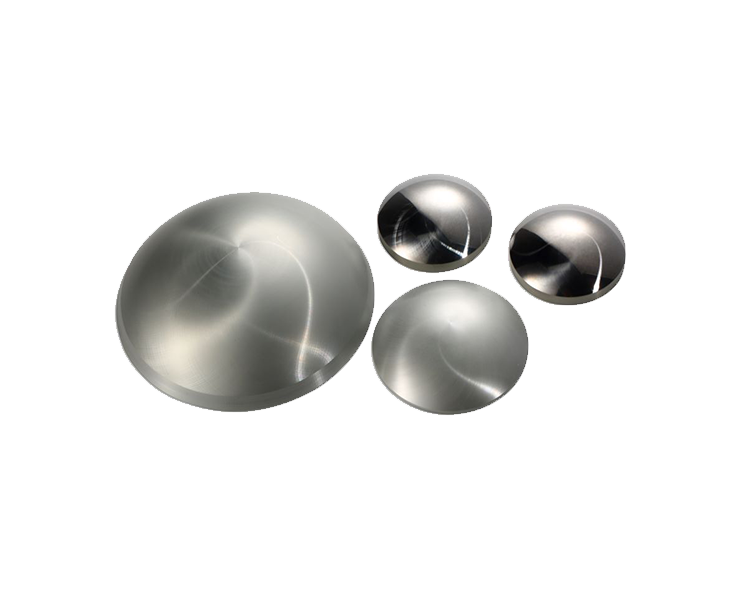
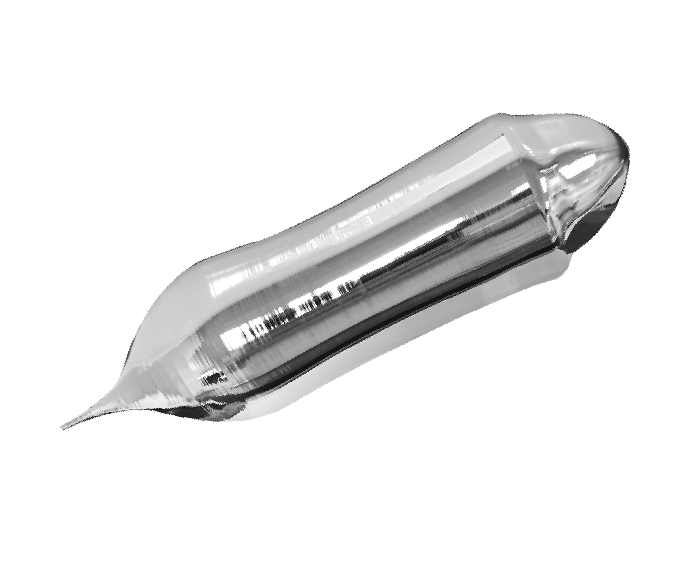
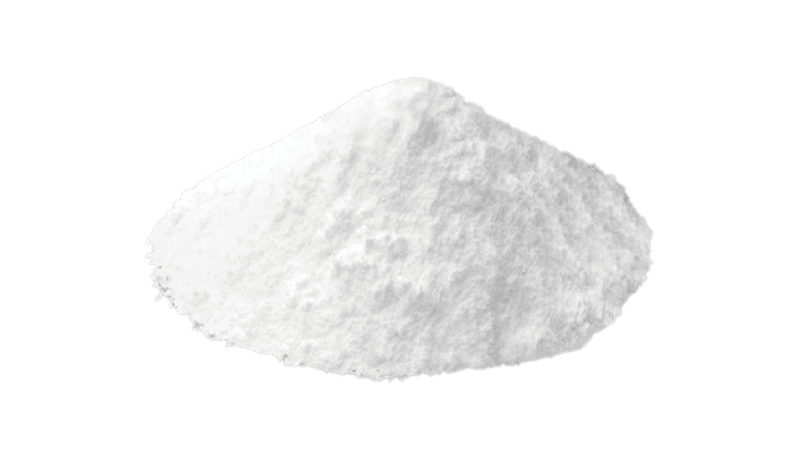
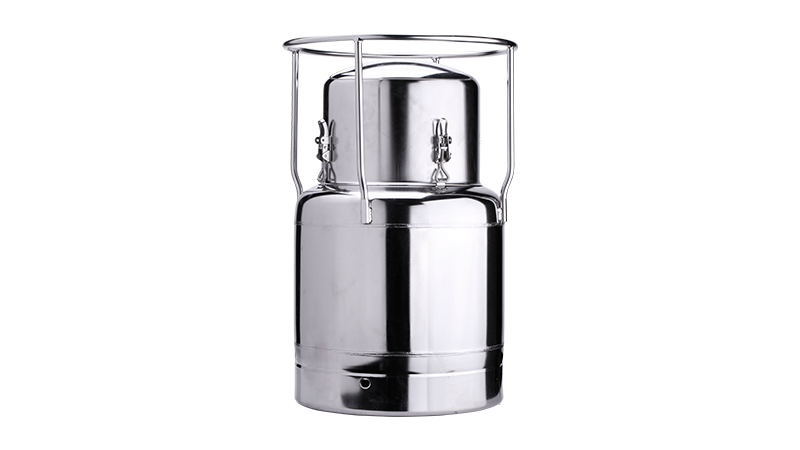

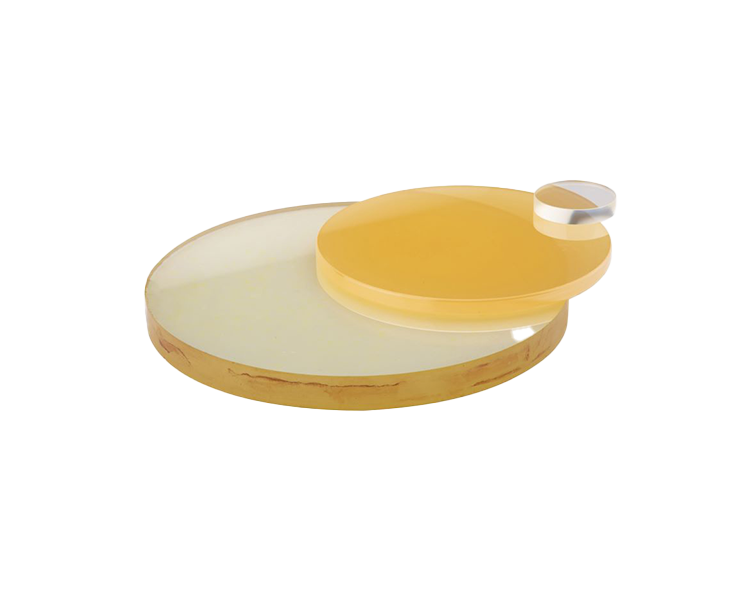

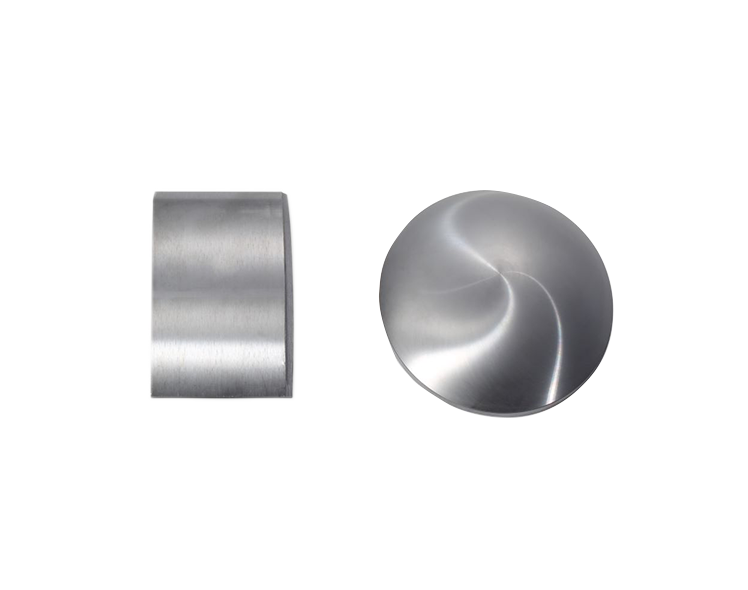


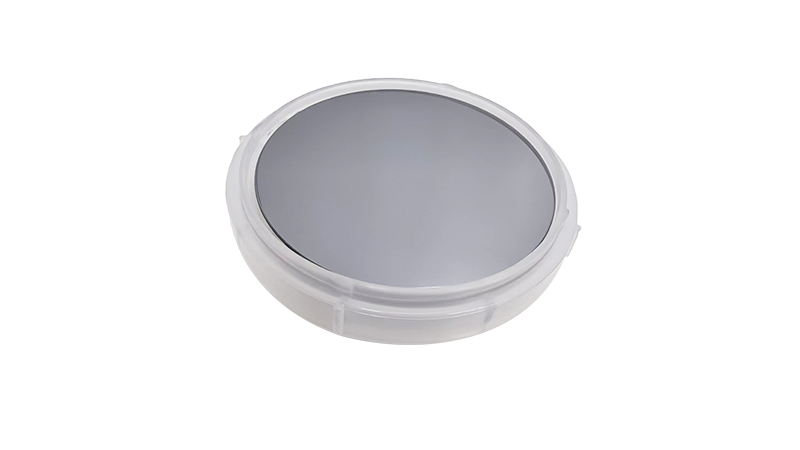

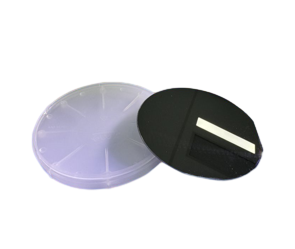

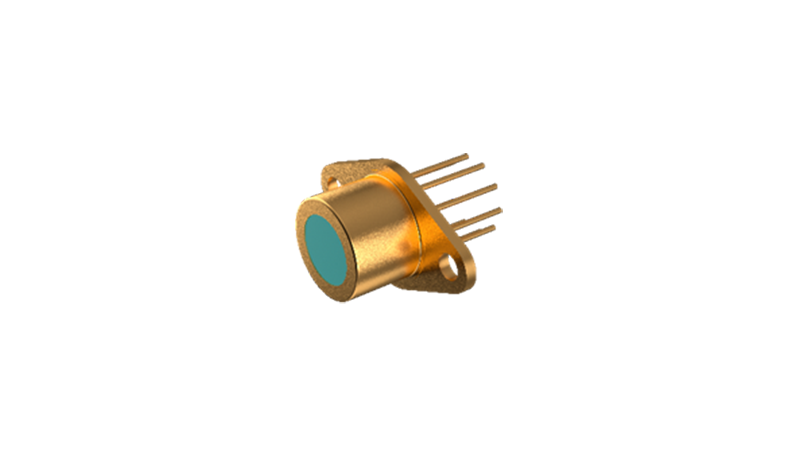
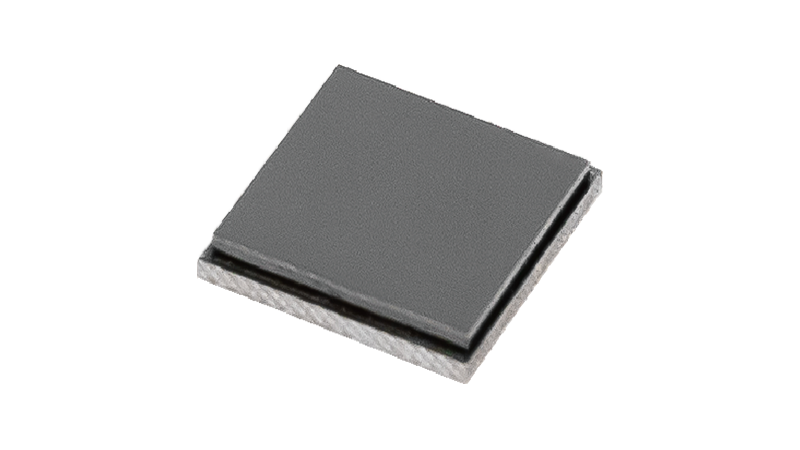
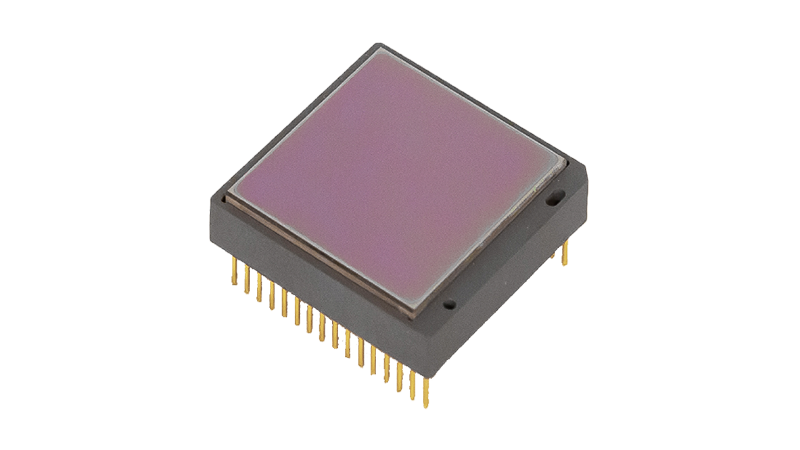

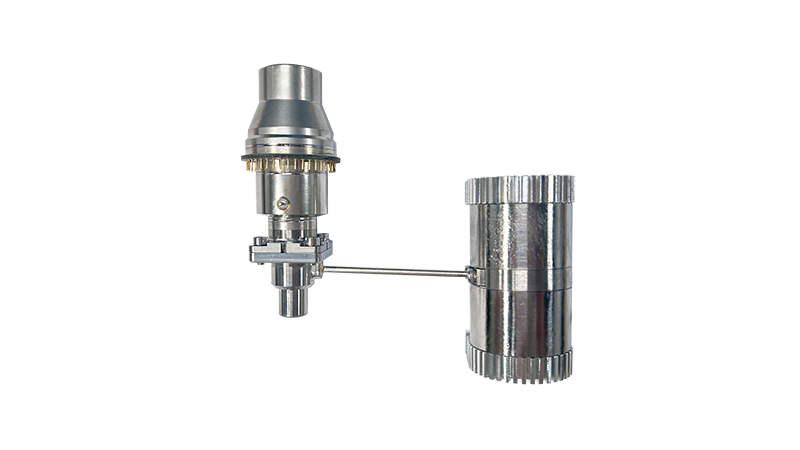
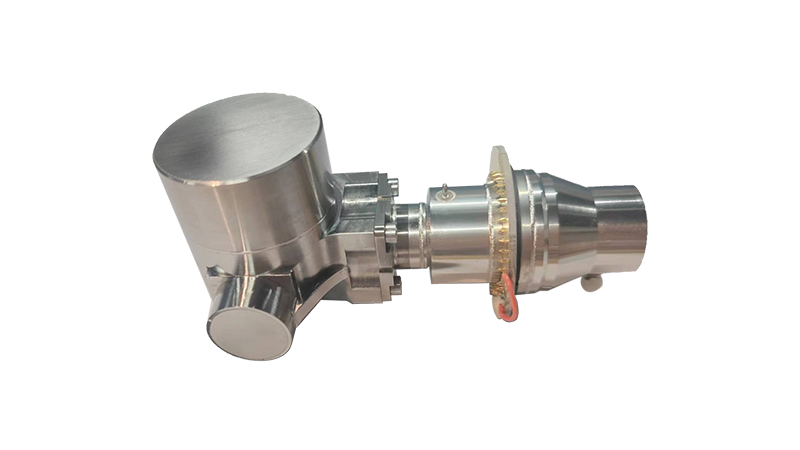


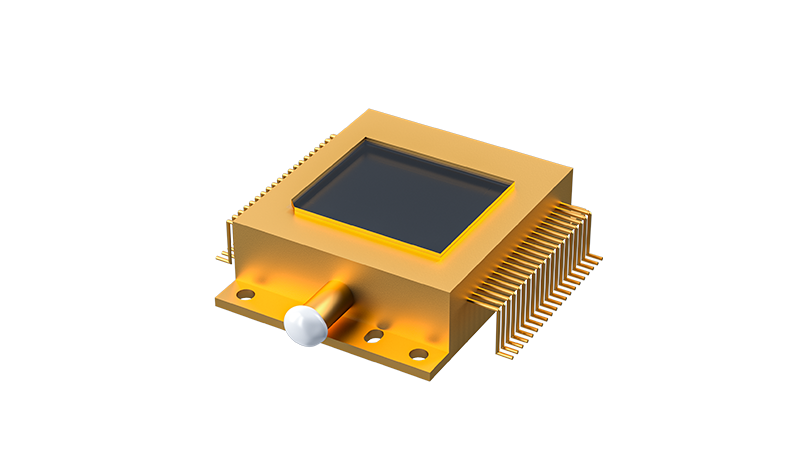
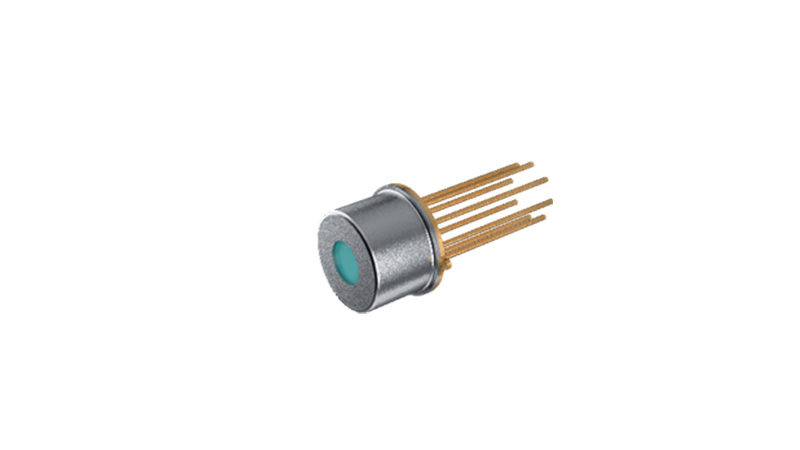 Photoconductive Infrared Detector Wafer Encapsulated Detector Ceramic Packaging Detector Metal Packaging Detector T2SL Cooled Infrared Detector InAsSb Cooled Infrared Detector InSb Cooled Infrared Detector MCT Cooled Infrared Detector InGaAs Short Wave Infrared Detector Photovoltaic Infrared Detector
Photoconductive Infrared Detector Wafer Encapsulated Detector Ceramic Packaging Detector Metal Packaging Detector T2SL Cooled Infrared Detector InAsSb Cooled Infrared Detector InSb Cooled Infrared Detector MCT Cooled Infrared Detector InGaAs Short Wave Infrared Detector Photovoltaic Infrared Detector
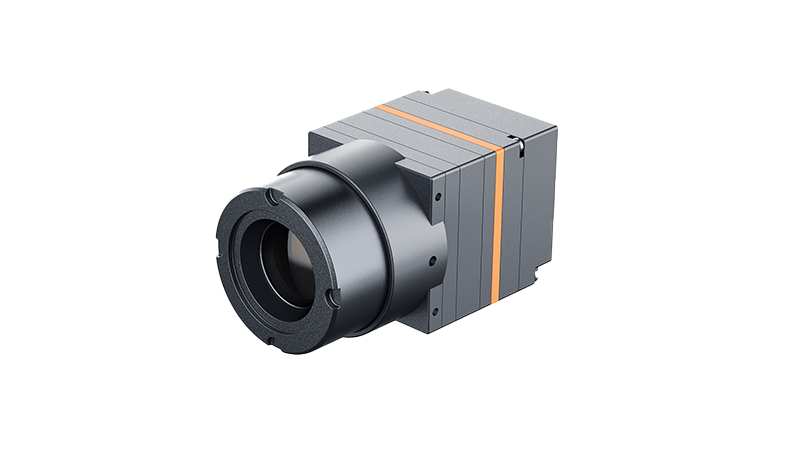
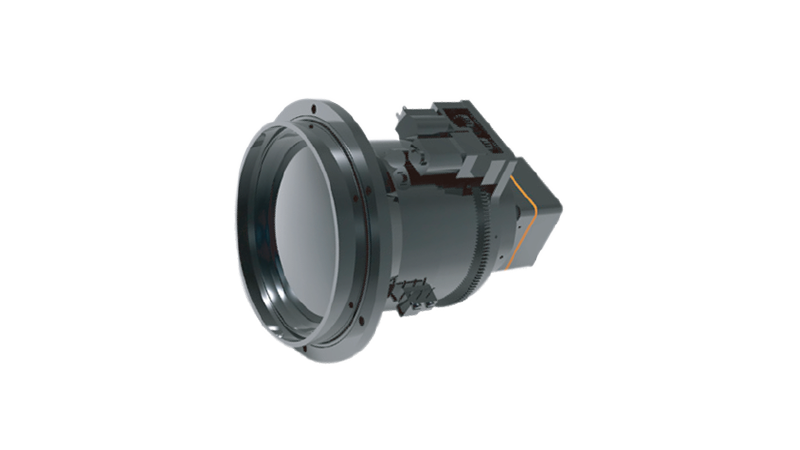





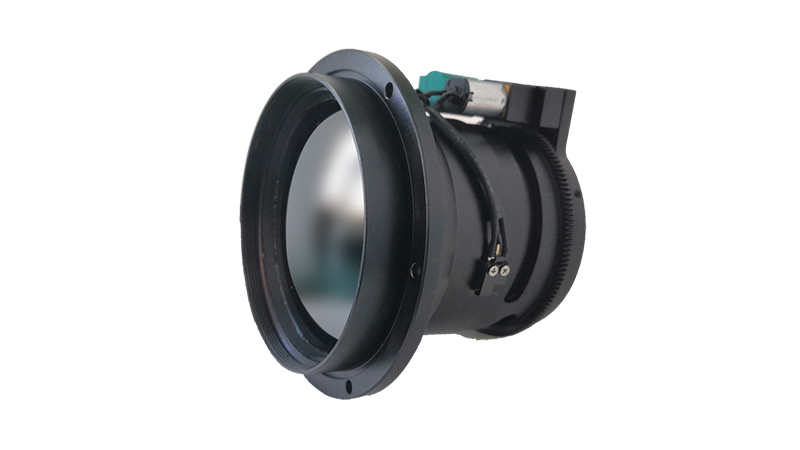


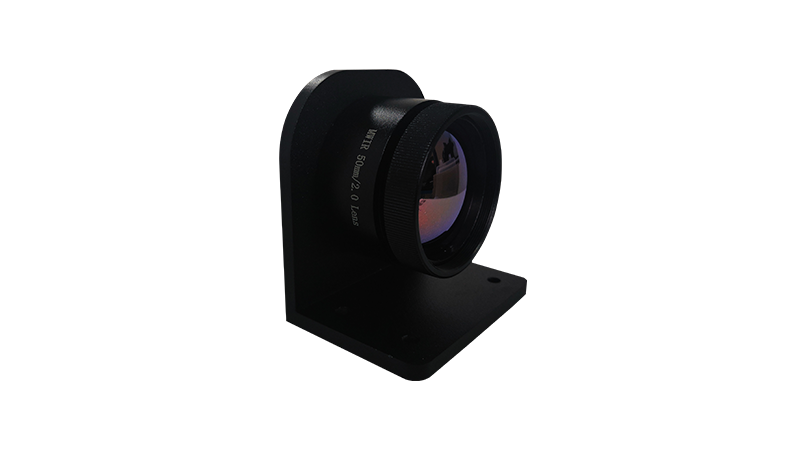

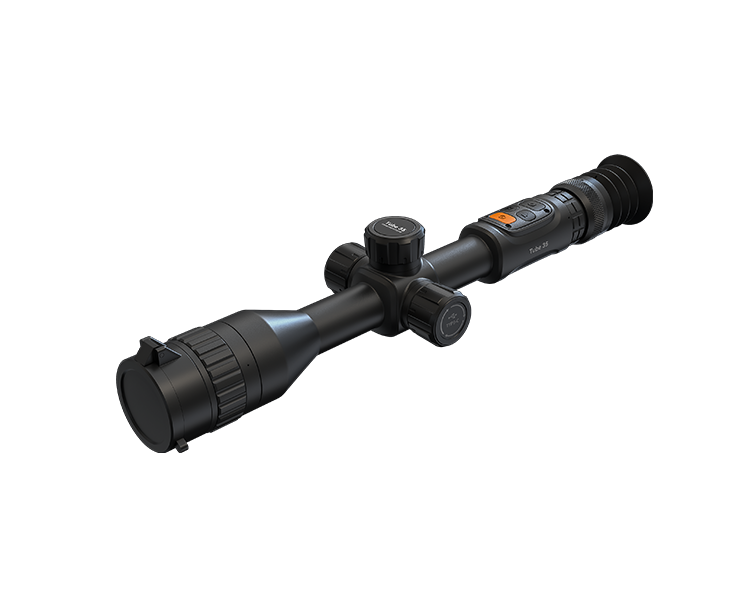
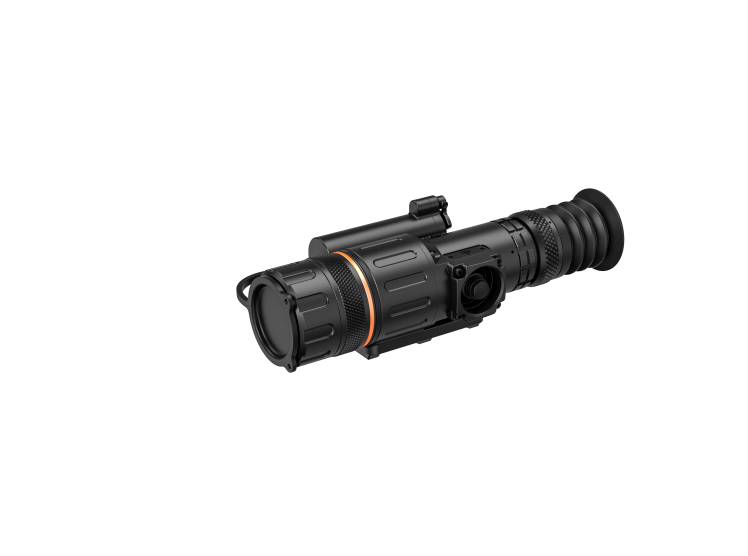
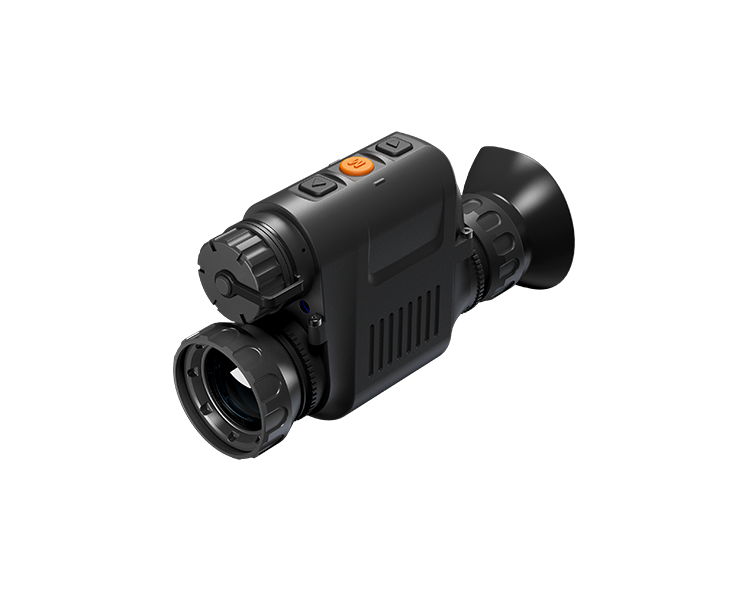

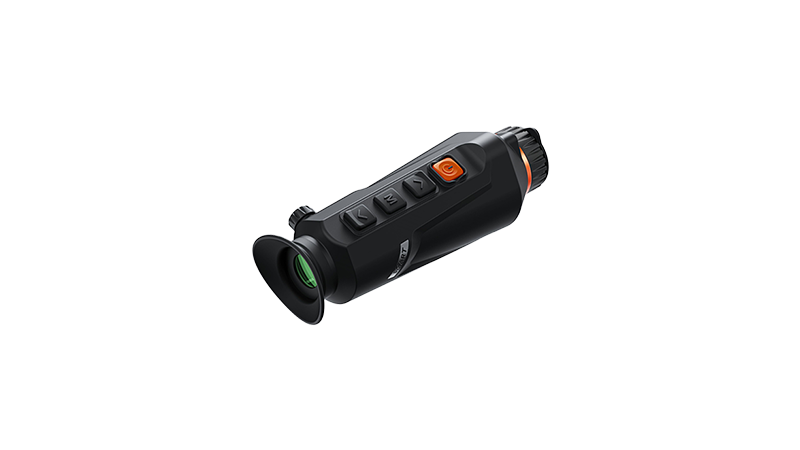




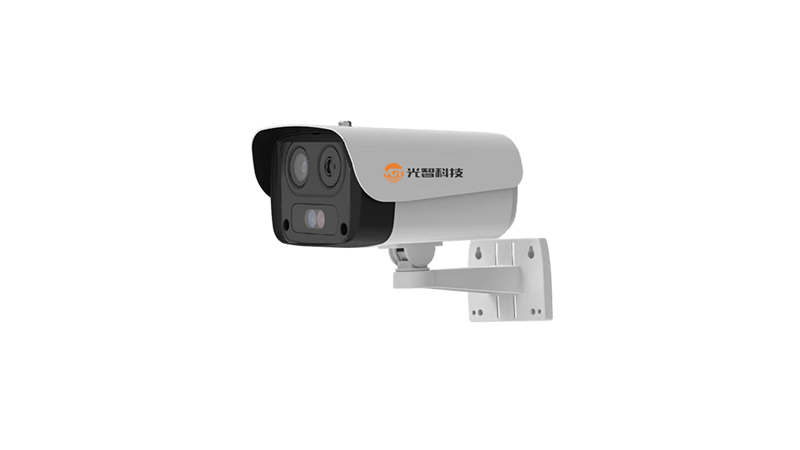

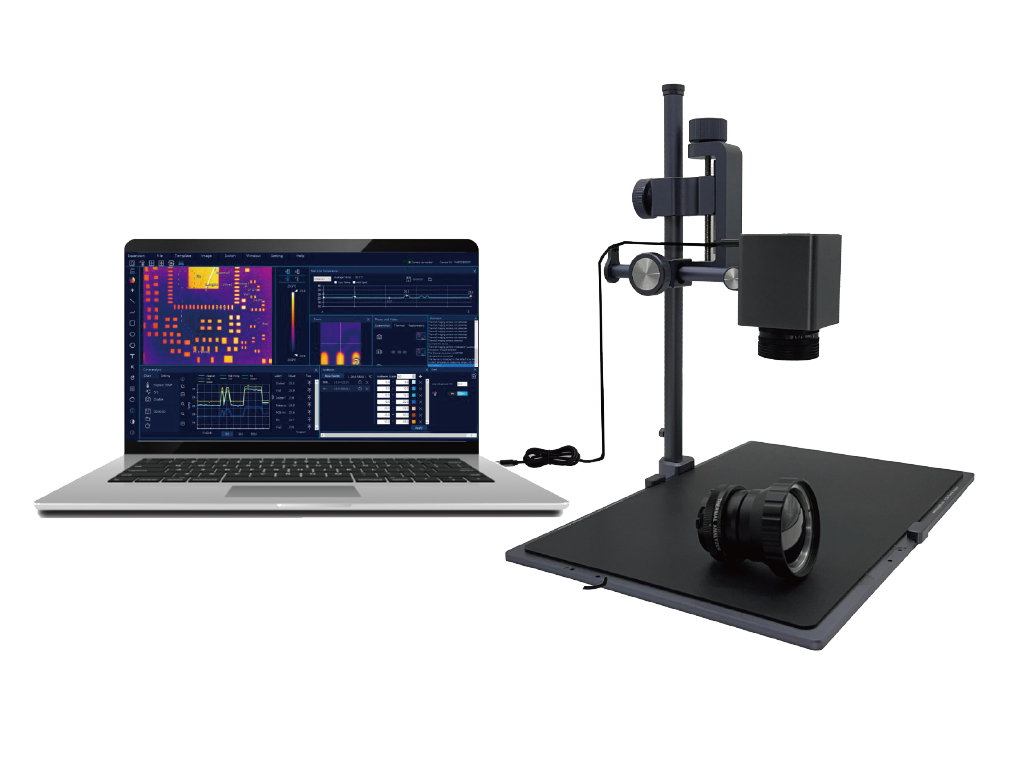

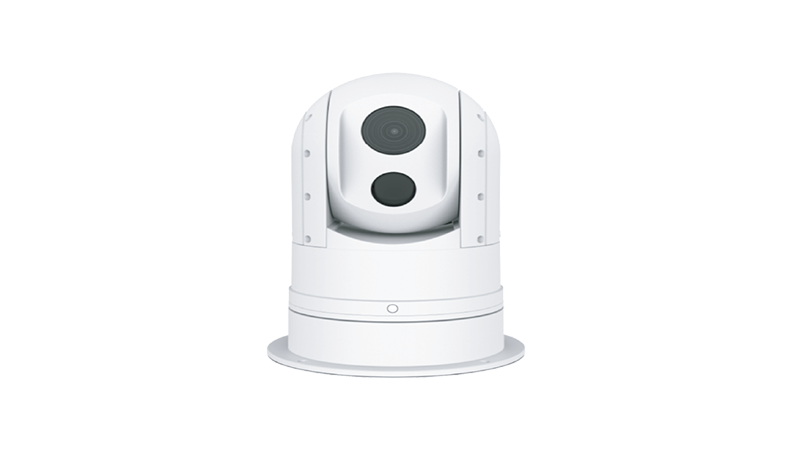
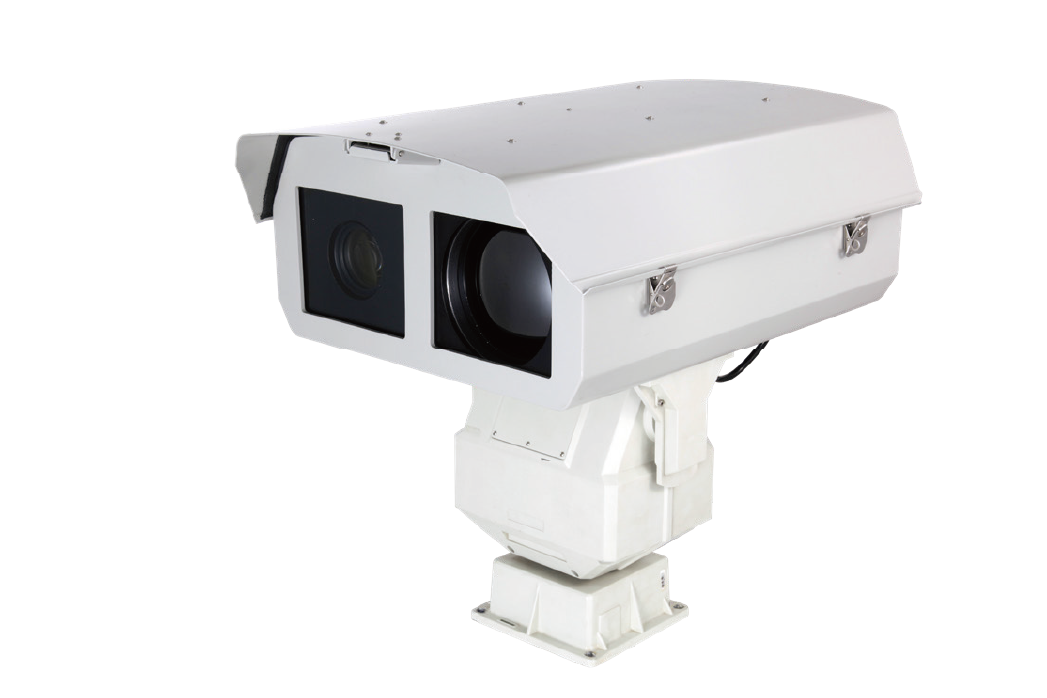


 400-623-5308
400-623-5308



